How is cherry different from sweet cherry?
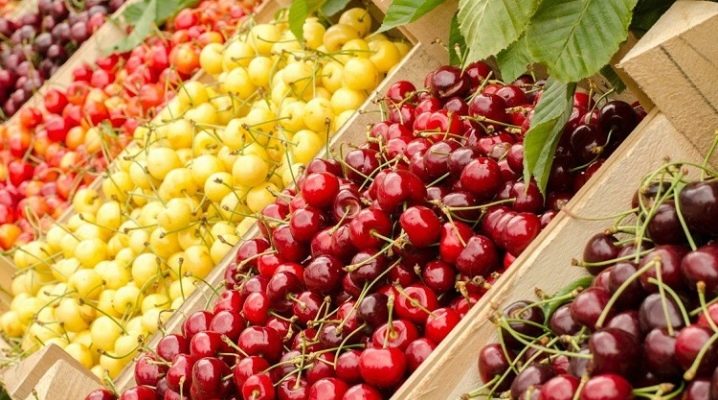
Cherry and sweet cherry are plants belonging to the same genus of plums. Inexperienced gardeners and berry lovers often confuse them with each other, although the trees are completely different. Cherries and sweet cherries differ from each other in the appearance of fruits and trunks, in macro- and microelements that make up the berries, and, of course, in taste.
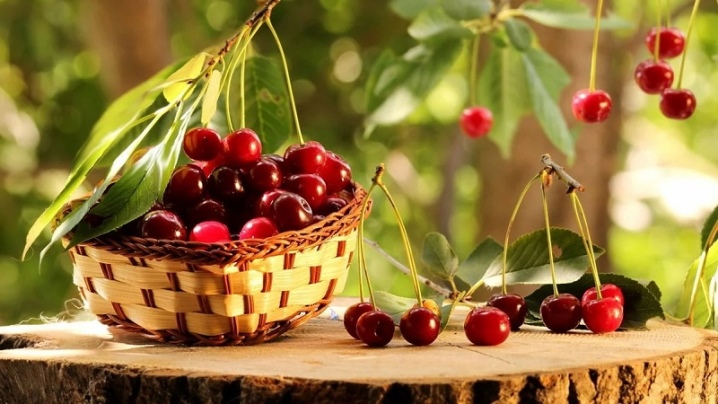
External differences
Visually, the plants have a strong external similarity, so it is easy to confuse them, but only at first glance.... A knowledgeable person understands that the differences between cultures are visible to the naked eye: the color of the bark, leaves, the fruits themselves.
You can determine what kind of plant you are holding in your hands by looking at the seedlings. The external differences between cherries and cherries appear at a young age, so it will not work to confuse the trees when planting.
Berries
Cherry fruits are usually small, have a scarlet or red hue, and resemble a ball in shape. The consistency of the berries is soft, so the cherries are easy to crush by squeezing between your fingers. Cherry berries are larger in size, fleshy and rounded. The fruit is firmer when pressed and the skin is thicker than that of a cherry. Cherry berries have a varied color palette: they can be either the classic dark burgundy color, or yellow or red, and sometimes almost reach black. Cherry is not rich in colors and exists in shades of red or burgundy.
You can pay attention to the pulp of the fruit itself: the color of the cherry pulp is always lighter than its outer part. The color of the cherry pulp is identical to the outer color, and the juice released during crushing is usually bright and rich, which cannot be said about the cherry, from which an almost white liquid oozes.


Plant
Fruit trees differ in several ways. The first feature that distinguishes cherries is that they usually grow in the form of a bush, while cherries always look like a tree. Externally, plants can be distinguished from each other by a number of signs.
- Trunk... The bark of the cherry tree is brown, darker. Cherry again has several shades of the trunk: the tree can be brown, give off red and cast with a silvery tint, which usually appears as the plant grows.
- Height... Cherry is a tall, massive tree that can grow up to 10 m in height, while cherry is small (about 3 m), which makes it more like a bush.
- Leaves... The green robe of both trees is not at all similar to each other. Cherry leaves are small and pointed, have small serrations at the edges, while cherry leaves are elongated and several times larger. A characteristic feature, inherent only in cherry, can be called a well-noticeable smell emanating from the leaves. Cherry is completely devoid of a similar aroma.
Interestingly, cherry blossom buds develop before the tree leaves.

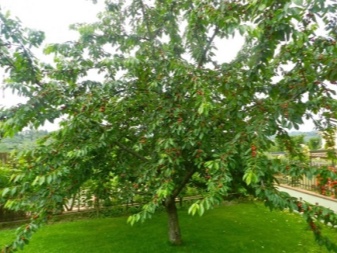
Difference in taste and aroma
If you happened to distinguish not fruit trees, but berries lying on a plate, then you can not be afraid to confuse the fruits with each other. The aroma of the cherry is less intense than that of the cherry fruit. Taste features are the main quality, thanks to which cherries are very easy to distinguish from cherries. The cherry fruit has a characteristic sourness, so it is usually not customary to gobble up a cherry like that. But the berry becomes an excellent preparation for jam and a favorite filling for pies, dumplings and various pastries.
Sweet cherries are several times sweeter than cherries, and therefore are grown in order to be eaten in the form of whole berries. The fruit itself is much more satisfying than cherries and is considered an excellent snack that can satisfy your hunger. However, cherries are practically not added to compotes and fillings, because as a result of processing, the sweetness increases, turning into a sugary taste.
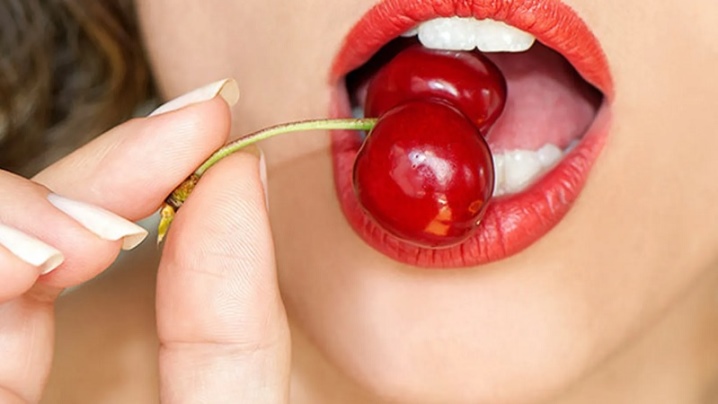
Comparison of other characteristics
In addition to the external and taste characteristics, both trees have great benefits for the body and are unpretentious in cultivation, and therefore are so loved by many gardeners.
Benefits and composition
Despite the obvious differences between the berries, at the biochemical level, the fruits are similar to each other. Both cherries and cherries are loaded with beneficial nutrients such as B vitamins, vitamins C and A, as well as calcium, sodium, potassium, and iron. Due to its medicinal composition, both berries are recommended for people suffering from anemia. Cherries and cherries have a positive effect on the walls of blood vessels, and therefore are well suited for the prevention of heart disease. Both fruits contain special compounds - coumarins, which are considered natural anticoagulants and prevent blood clotting, which is very useful for people with thrombosis and atherosclerosis.
Berries have a relatively low calorie content (50 kcal per 100 g), which is good news for people on diets. However, it is important to remember that cherries contain a large amount of sugar (fructose), which in large quantities is contraindicated for everyone who is losing weight. Therefore, people who want to lose weight are advised to choose cherries.
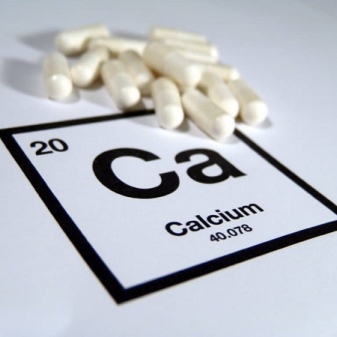

Growing features
Trees differ in their susceptibility to temperatures, and therefore are grown in regions with opposite climates. Cherry is considered the most suitable tree for the northern regions, as it has high frost resistance. The plant perfectly withstands the temperature extremes of winter and summer, typical for the central regions of Russia.
Sweet cherry behaves much more capricious, preferring warm climate to frost. Cherry trees are grown mainly in the southern regions. Plants ripen at different times: cherries are considered early, which appear on plates already in May, and cherries catch up with their relative only by July.
What is the best choice?
The question of choosing a berry is rather individual, based on the taste preferences of each, because the composition of the plants is almost the same, but the taste is very different. People who want a good berry for starters, tinctures and pies will definitely like cherries. Gourmets who appreciate sweet taste will like cherries more.
The only factor that can affect the cultivation of a crop may be the region of residence of the gardener. Cherry trees do not tolerate frost at all, and therefore any attempts to plant them in the northern regions will lead to the premature death of shoots and buds.










The comment was sent successfully.